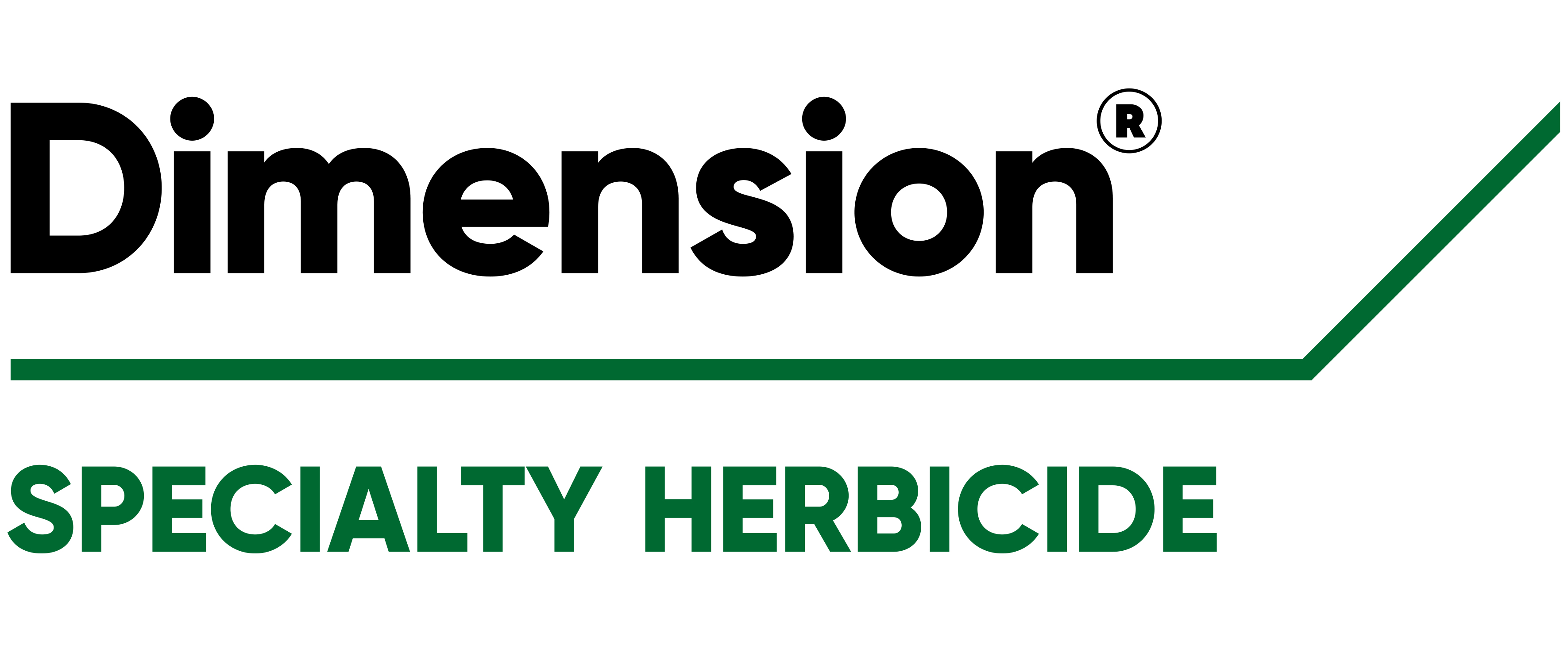Crabgrass Control Made Easy

While many weeds are regional, crabgrass is a weed that plagues the entire country. Crabgrass, a summer annual, can be identified by its smooth pointed leaf blades and often forms patches in lawns. Plants can grow together to form large clumps. It is easily mistaken for bermudagrass, tall fescue or goosegrass. Knowing when crabgrass will be present in a specific region aids in proper identification and control. Crabgrass germinates when soil temperatures are consistently 50 to 55 degrees at a depth of 2 inches. Heat accumulation or growing degree days are a great way to estimate soil temperatures. Pro tip: You can obtain customized weather-based alerts for your location by using a Growing Degree Days Calculator. In many parts of the country, forsythia in bloom is the first sign that crabgrass is germinating. Depending on the region and seasonal temperatures, crabgrass may begin germinating as early as February through May, and will continue to grow through August.
Crabgrass is most effectively controlled by using a preemergence herbicide, which works by inhibiting the establishment of young seedlings. To be effective, however, preemergence herbicides must be in place before germination occurs, allowing the herbicide to form a barrier before the crabgrass seedlings emerge.
“Applying a preemergence herbicide such as Dimension specialty herbicide prior to crabgrass germination will optimize performance,” Jamie Breuninger, technical leader for Corteva Agrisciencs Turf and Ornamental, said. “Dimension will control what is germinating and will put a barrier down to prevent future growth.”
Dimension® specialty herbicide offers excellent preemergence and early postemergence control of crabgrass in established lawns; golf course fairways, roughs and tee boxes; and commercial sod farms. Early postemergence crabgrass control also is obtained when Dimension is applied prior to tillering of crabgrass (up to five leaves), typically corresponding to the time when crabgrass seedlings are first observed in turfgrass. Dimension also provides noticeable control of crabgrass treated at the start of tillering. Depending on climatic conditions and rate of growth, the time from crabgrass emergence until tillering will vary from two to eight weeks. The benefit of this product’s early postemergence activity is to provide you with a longer window of application to achieve crabgrass control, allowing you more time to make crabgrass applications.
Crabgrass grows relatively slow until the weather warms up, but once warm temperatures become consistent, crabgrass germinates quickly. It competes vigorously with desirable grasses, and if the grass is cut too short, it can increase competition between grass and weeds. “Higher mowing heights create a dense canopy, which aids in performance because the turf will shade the crabgrass and prevent it from growing,” Breuninger said. Dimension® 2EW specialty herbicide should be applied with a sufficient volume of water carrier to provide a uniform spray distribution. “Ideally, the best time to apply Dimension 2EW is when it’s raining or rain is predicted,” Breuninger said. “The active ingredient moves to the soil surface more quickly.” Granular treatments do not require immediate watering; however, best results are obtained if irrigation or rainfall occurs within seven days of application. |
 |
State restrictions on the sale and use of Dimension® specialty herbicide apply. Consult the label before purchase or use for full details. Always read and follow label directions.
When it comes to the challenges you face, you’re the expert. We’re here to help you tackle those challenges and bolster your business.
Effective weed control starts with identification. Learn to identify 90+ grassy and broadleaf weeds.